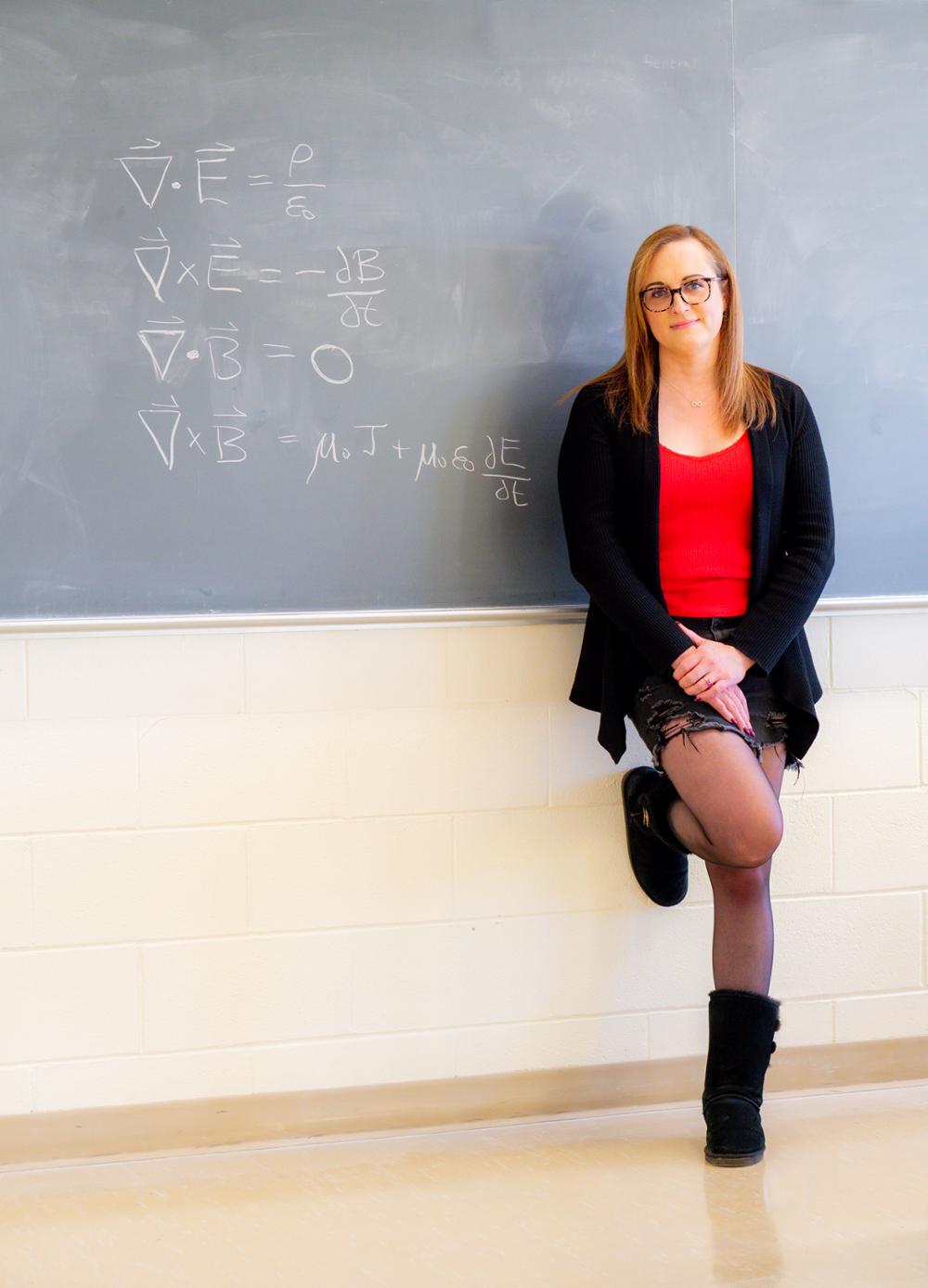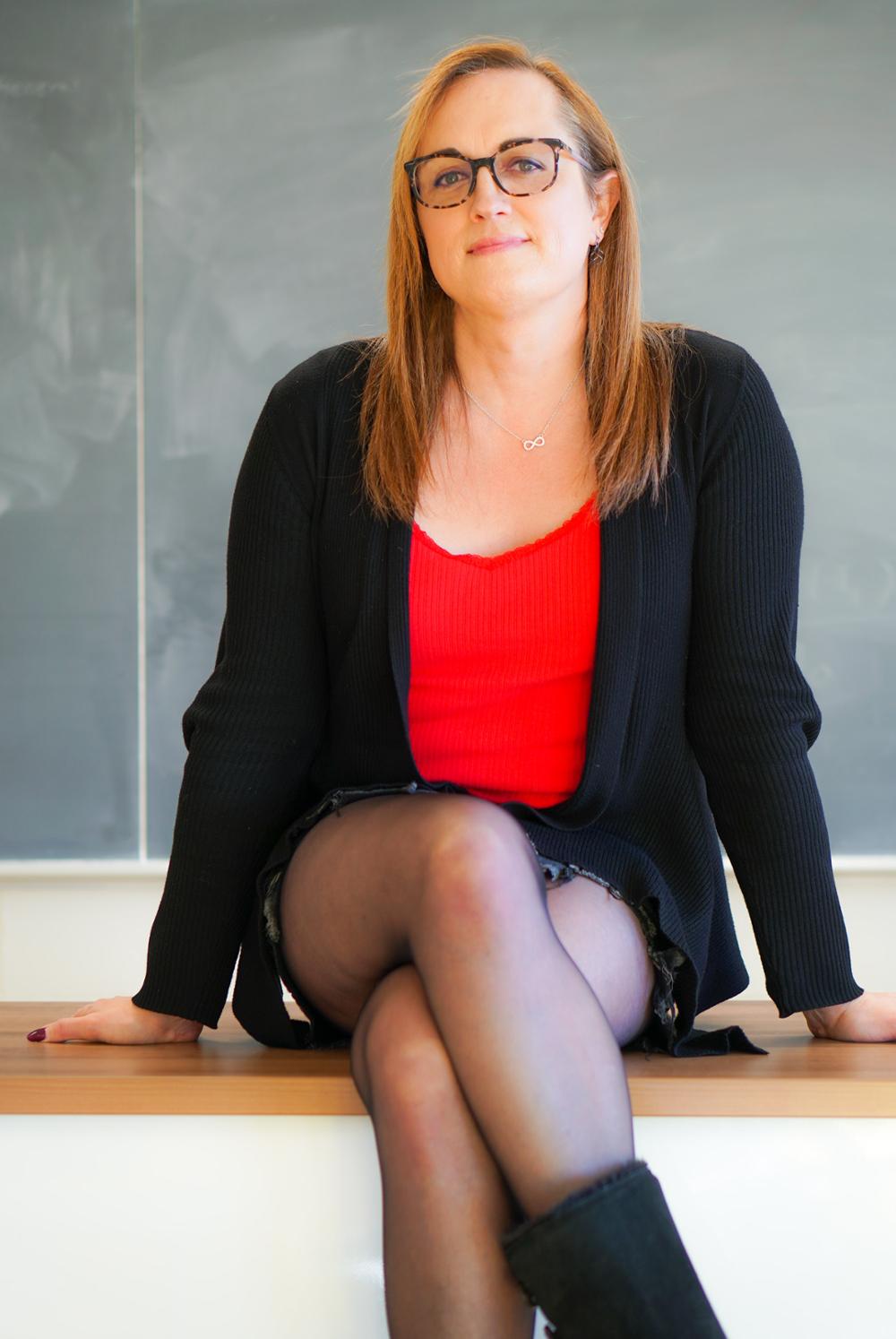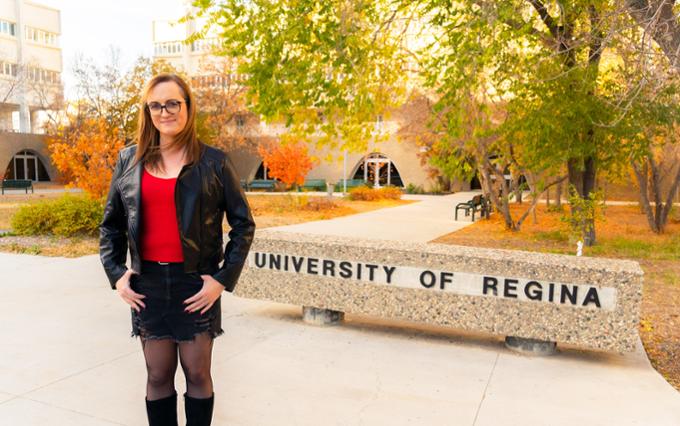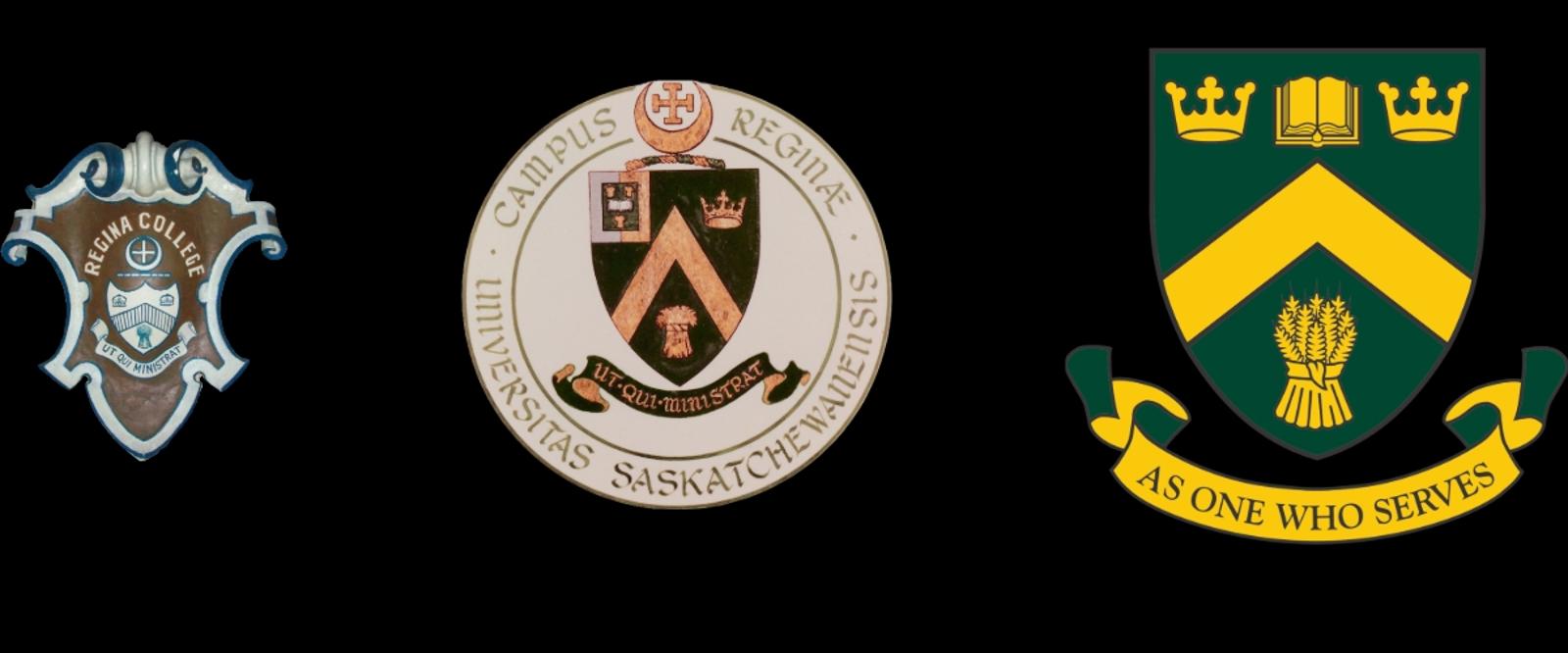By Dr. Gwen Grinyer
I sat down with Dr. Ben Barres’ book: The Autobiography of a Transgender Scientist, amazed by how much my life paralleled his. A celebrated scientist, a fierce advocate for women and LGBTQIA+ people in science, he’s a person who used his power and privilege to uplift others. He was also transgender.
In 2021, census data in Canada revealed that one in 300 people, aged 15 or older, are transgender. But, given that many may not yet be aware, or prefer not to disclose this information, either because they aren’t out or they don’t feel safe, we know this number is likely higher.
Even back then, I remember thinking that my birth certificate must have a typo because I knew that if only the other box had been checked then my entire life would have made sense.
The Williams Institute at UCLA estimates that one in 200 adults (18+), and as many as one in 70 youth, aged 13 to 17, in the United States may be transgender. This means that transgender people are almost as common as the estimated one to two per cent of people worldwide who have red hair.
Behind these statistics are stories of real people living their lives. People like me.
The early days
The earliest memory I have of rejecting the gender that others assigned to me is from before I turned three-years- old. It’s the age when most experts agree that children become conscious of their own gender.
Most of my childhood was spent grappling with who I was and questioning the asymmetries and arbitrariness of gender. I was verbally and sometimes physically abused whenever I strayed from gender “norms” and can recall a particularly violent encounter when my dad came home early and found me in a jean skirt. I couldn’t understand why other girls were praised for wearing similar clothes but, whenever I did, it always led to anger and violence.
For fear of upsetting and disappointing those closest to me, I kept my thoughts and feelings to myself and, in doing so, developed a deep sense of shame and low self-esteem. The internal turmoil was agony and I seriously started to consider suicide in my early teens.
Even back then, I remember thinking that my birth certificate must have a typo because I knew that if only the other box had been checked then my entire life would have made sense.
Becoming a physicist
The other option I had was to distract myself with something so challenging that my brain wouldn’t have time to focus on my confusion with gender. And so, for the next decade, I went to university and buried myself in my studies.
I was gifted at math and science and I worked incredibly hard. I was always the top of my class and won almost every award and scholarship I applied for. In 2008, I obtained my doctorate in what I thought was the hardest thing I could do: nuclear physics. I have since learned that it is quite common for LGBTQIA+ people to be high achievers, perhaps because we feel the need to work harder than most to overcompensate for our lower sense of self-worth.
Yet, despite all of my academic success, and the many years it took me to become a nuclear physicist, my gender confusion never went away.

Life or death
Then, in my 30s, while scrolling on social media, I heard the word transgender for the first time. I immediately understood that this one simple word explained everything. With an intensity that I had previously reserved for my academics, I began to seek out as much information as I could. I learned that I wasn’t alone, that there were many others like me, and that the confusion we all shared had a name: gender dysphoria.
Unfortunately, uncovering the truth didn’t end my anguish. It meant that now I felt as though I could no longer hide behind my not knowing.
I no longer consider my identity to be a shameful secret. It has become my superpower.
Within months, I had reached the ultimate crossroads: suicide or transition. I thought that either way my career would be over and that I would lose all my friends and family. I came within days of ending my life. But thankfully, I also had the clarity to see that the other option actually offered the possibility of happiness – something I desperately longed for.
I made the choice to live.
Being visible
Around this same time, I began to search for other transgender scientists and was surprised when I could only find two names, Dr. Barres and Dr. Lynn Conway. Both were scientists from the United States and both were considerably older than me. I couldn’t find anyone from Canada or anyone in any field of physics.

Only last year, I discovered that I am the first trans woman physicist in Canada (and by “first”, I mean first open, out, and visible person, since closeted trans people have always existed and several may have come before me).
I am visible so that trans kids can see that they’re capable of having a successful career, that they aren’t broken, and that it gets better.
I feel the incredible weight of responsibility that comes with it and I’m all too aware that being a member of an underrepresented group does not, by default, make me a positive role model nor someone who can advocate on behalf of others like me. But I don’t view this as a burden. Rather, I see it as an incredible opportunity that I have been given to help raise awareness, educate others, make science more inclusive, and be someone who can inspire young women and trans kids.
Being visible is scary for me. It’s uncomfortable. But, as Dr. Barres so eloquently wrote, “leadership is about going out of your comfort zone to help others.” And so, like Dr. Barres, I too have become a fierce advocate for women and 2SLGBTQIA+ people in STEM.
I’m no longer surprised by how few trans scientists exist given the lifetime of discrimination we face, as well as the depth and complexity of the barriers we need to overcome to be successful. I also no longer consider my identity to be a shameful secret. It has become my superpower. And I know I will dedicate the rest of my life to trying to make things better so that others don’t have to go through what I did.
I am visible so that trans kids can see that they’re capable of having a successful career, that they aren’t broken, and that it gets better.
I’m visible for the parents of trans kids, so that they know their children are who they say they are, that their kids’ lives aren’t ruined because of their trans identities, and that they need to educate themselves and get out of their comfort zones to love and support their children.
I’m visible for cisgender people, to help normalize the fact that we exist, that we always have, and that their allyship is critical for ensuring that trans youth make it to adulthood.
And, I’m visible for me, because growing up I never got the chance to see anyone like me, and I know that if I had it would have completely changed my life.
Transgender Day of Visibility (TDoV)
TDoV is held annually on March 31, and is dedicated to celebrating transgender people worldwide, raising awareness of the discrimination they face, and recognizing their contributions to society.
About the author
Dr. Gwen Grinyer is an associate professor of physics at the University of Regina. An experimental nuclear physicist, her research focuses on the structure of short-lived radioactive nuclei, neutrinoless double beta decay, and nuclear astrophysics. In addition to her physics research, she is a prominent advocate for women and 2SLGBTQIA+ people in STEM fields and has done numerous outreach activities across Canada that have focused on visibility and inclusion of underrepresented identities in physics.
Banner photo credit: Evie Johnny Ruddy
About the University of Regina
Set in the heart of the Canadian prairies we are a comprehensive, mid-sized university where the opportunities are as limitless as the horizon. Our campuses are on Treaty 4 and 6 - the territories of the nêhiyawak, Anihšināpēk, Dakota, Lakota, and Nakoda peoples, and the homeland of the Michif/Métis nation. It is our responsibility to strengthen relationships with Indigenous communities to build a more inclusive future for all. Our three federated colleges, 10 faculties, 25 academic departments, and 18 research centres foster innovative research with practical and theoretical applications. We are committed to cultivating the potential of our 16,000 students and supporting their health and well-being. We take learning beyond the classroom through work and volunteer experiences to develop career-ready graduates.
Let’s go far, together.




